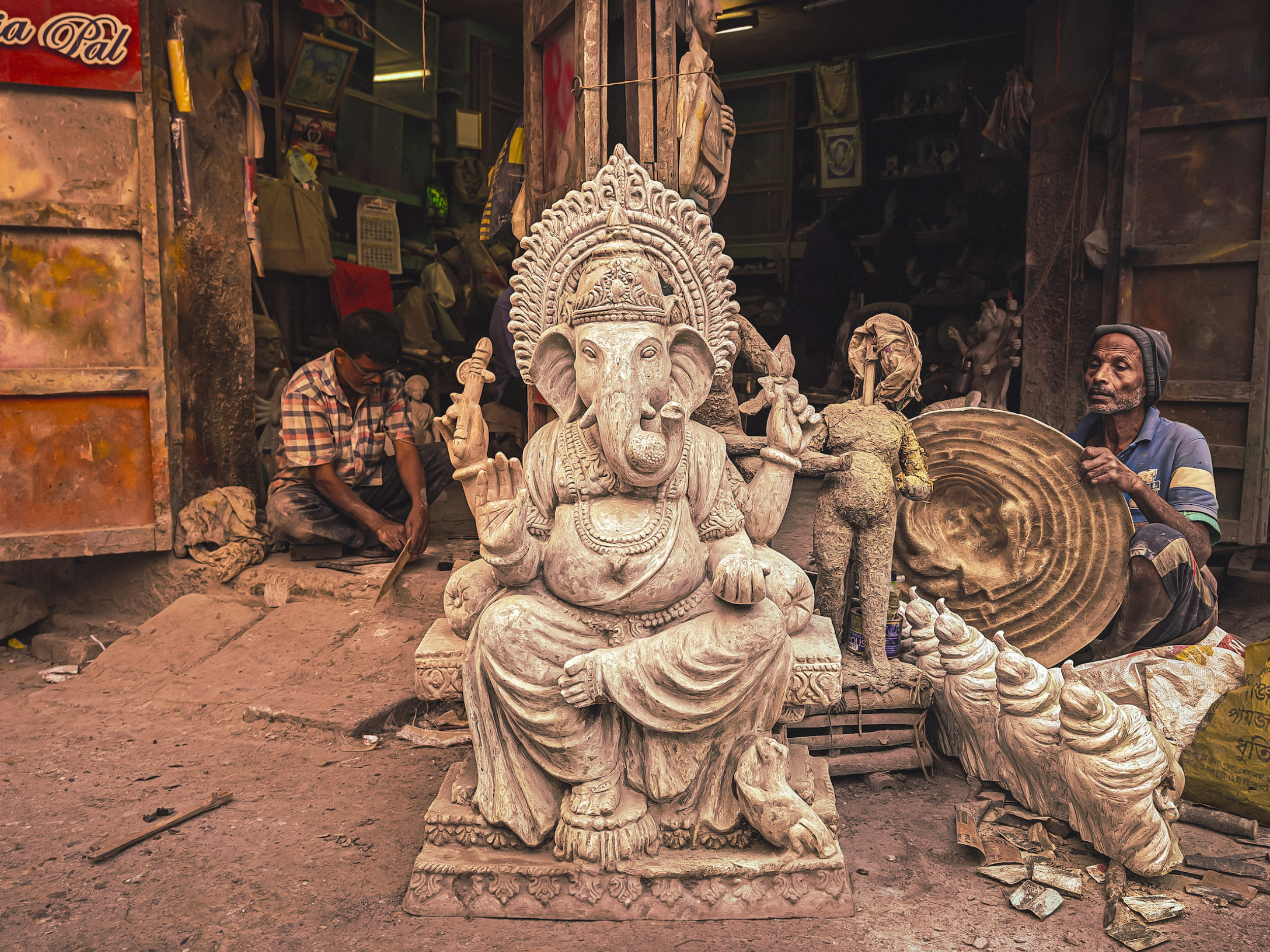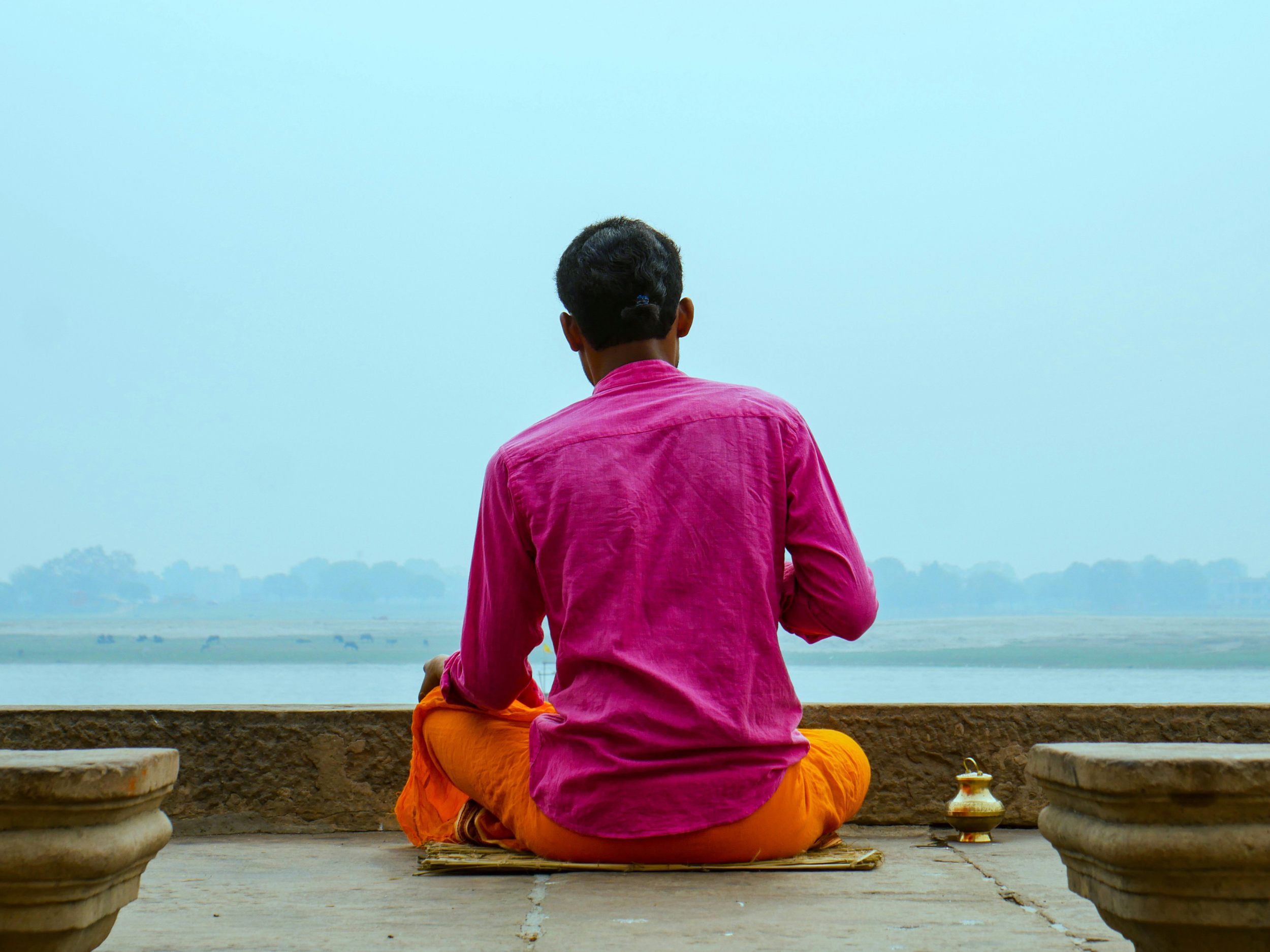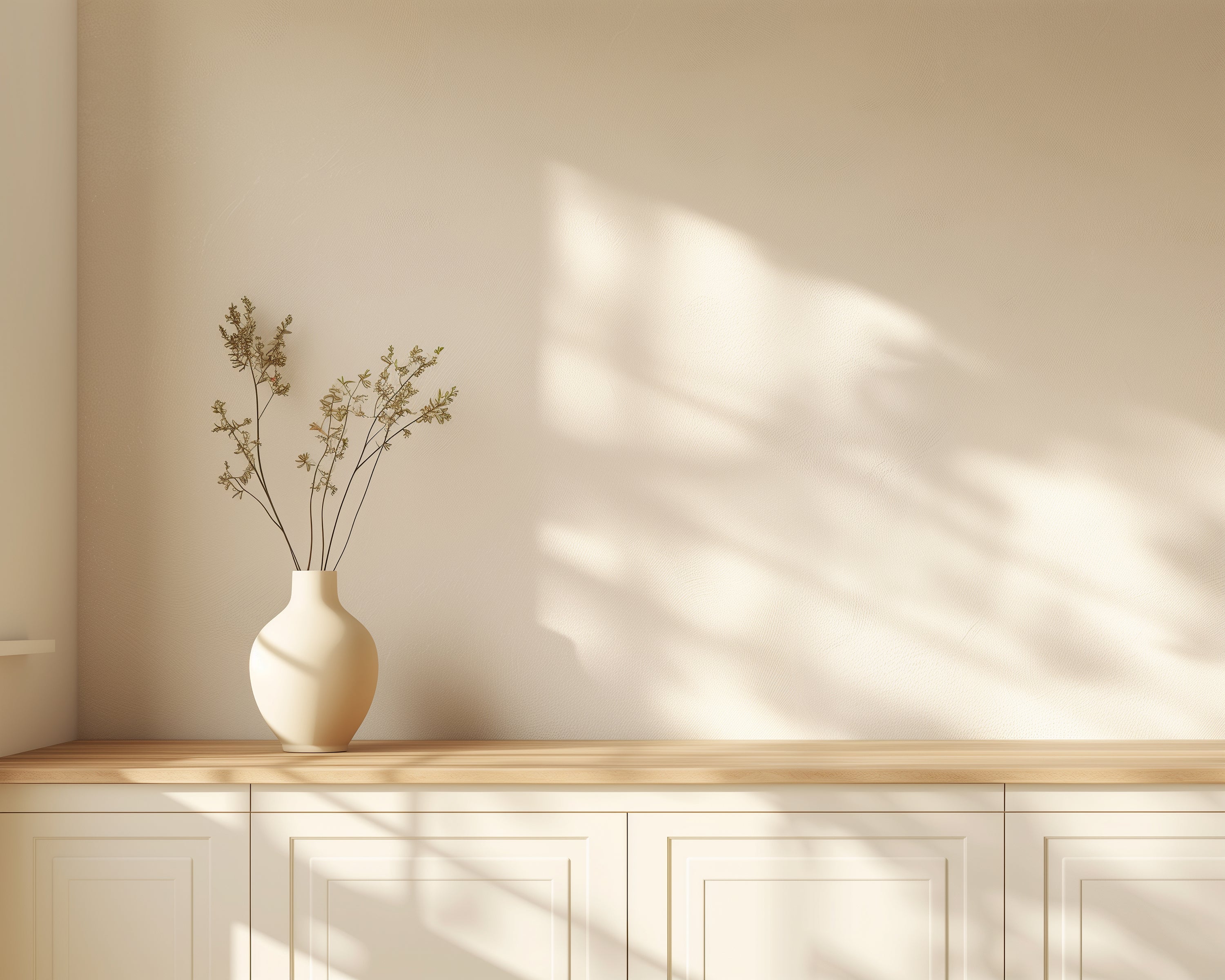Artículo: Hindu Deities as Emotional Archetypes: Divine Mirrors of Human Feeling

Hindu Deities as Emotional Archetypes: Divine Mirrors of Human Feeling
Introduction
A candle flickers in the corner of a quiet shrine. The flame leans one way, then jitters back, quick heartbeat in molten wax. You stand still, watchful, and realize almost shyly that the gods watching you might be watching your feelings more than your face. In Hindu thought, divine forms are not aloof statues. They breathe along with us, reflecting anger, generosity, passion, and tenderness so we can see ourselves without turning away. To meet these beings is to hold up a mirror and whisper, Ah, that’s me too.
Symbolism of Feeling in Myth
Consider Kali. Her tongue juts red, eyes blazing, garlanded with skulls. Chaos? Maybe. Justice? Absolutely. She is righteous fury at oppression and untruth, the storm that clears stagnant air. People often call on Kali goddess power during deep personal upheaval because she grants permission to let rage burn clean rather than rot. Nearby, Lakshmi sits on an open lotus, coins cascading like small golden rivers, yet her gaze stays soft. She embodies glad generosity and the calm confidence that resources will replenish. Artists paint her palms in gentle mudra, wrists decked with bangles that almost chime on the canvas—quiet music of lakshmi abundance symbolism.
But emotion in myth is rarely single toned. Krishna’s flute invites longing, mischief, surrender. Hanuman’s leap across the sea carries layered courage: childlike devotion, raw strength, wry humor at his own limits. These stories weave personal hearts into epic skies, teaching through action what sermons often fail to reach. When we read them, we practice hindu mythology psychology without ever opening a textbook.
Archetypes of the Inner Self
Carl Jung once spoke of archetypes as deep patterns under thought, tides shaping every human shore. Hindu deities arrive packaged in color, story, and gesture that speak to those currents instantly. They model ways to hold feelings without drowning. Picture Shiva in cremation ash, eyes half lidded. He meditates on the brink of dissolution, teaching acceptance of endings. Artists who sculpt Nataraja place a tiny drum in one hand—a beat of birth—and a flame in the other—a spark of destruction. Within the cosmic dance, both are one motion. Encountering this image during sorrow can feel like stepping into a room where grief already belongs. The mind unclenches.
In everyday life, these archetypes act as inner counselors. Before confronting injustice, one might invite Durga’s steady resolve. When tenderness needs space, Ganesha’s round belly and patient smile remind us to breathe. Such use is not escapism. It is archetype healing art, a conscious retrieval of symbolic mosaics to anchor feelings. Over time, devotees tell of noticing subtle shifts: anger sharpened into discernment, anxiety warmed into steady enthusiasm. No guru required—only openness and a willingness to converse with clay, bronze, pigment.
Sacred Art, Gesture, Color
Walk through a rural temple at sunrise. Age-darkened murals glow as the first beam falls. Blue Krishna leans against a tree, half concealed by monsoon clouds rendered in dusty indigo. The scene hums with yearning. Nearby, a bronze Saraswati tilts her vina, fingers frozen mid-chord. The stillness suggests a note about to pour out, coaxing spiritual art meditation from anyone who lingers. This is sacred art India—alive, tactile, fragrant with clarified butter lamps and sandalwood.
Color does heavy lifting. Red for primal energy, saffron for purity, emerald for fertile renewal. Gesture speaks too: Shiva’s raised palm signals “Fear not,” while Parvati’s sideways glance signals love undemanding, patient as slow rain. When contemporary painters reinterpret these icons, they often strip background detail, letting one hue or one gesture float in negative space. Viewers then supply their own memories, making the piece participatory. Such work explores divine archetypes in art without repeating old patterns by rote.
Stone carving continues the conversation. In Mahabalipuram, artisans chip granite the way their ancestors did, yet some now carve smiling Ganeshas with rounder cheeks, echoing modern children’s faces. Tourists think it’s cute; locals sense something deeper: the deity staying updated, still relevant. Iconography meaning shifts slightly with each generation, yet root symbols hold. The lotus still unfolds patience, the trident still pierces ego, the conch still urges awakening.
Closing Reflection
Evening now. A bell rings twice, slowly, then stops. You step outside the sanctum and notice your own mood tilting—lighter, maybe. Each deity you met carried an emotion you often wrestle with, but in their hands it shone open, harmless, even holy. That shimmer lingers as you walk away. Next time anger sparks, perhaps Kali’s steady gaze will flash in memory, guiding you to aim fire, not fling it. When generosity beckons, Lakshmi’s poised calm might remind you to give without fear of empty pockets. Thus the gods perform quiet alchemy. They gather your storming feelings, polish them into clarity, then hand them back. Whole. Bright. Yours to wield gently.


